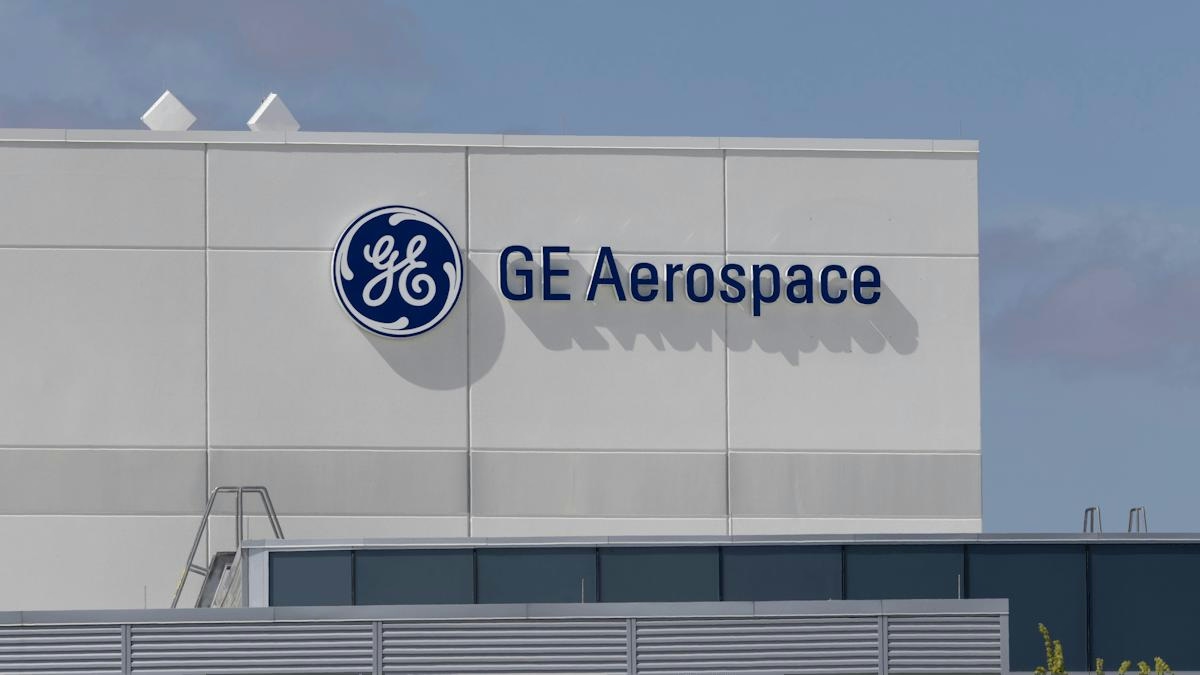
AeroGenie – Ihr intelligenter Copilot.
Trends
Categories
The Evolution of the Boeing 737 at American Airlines
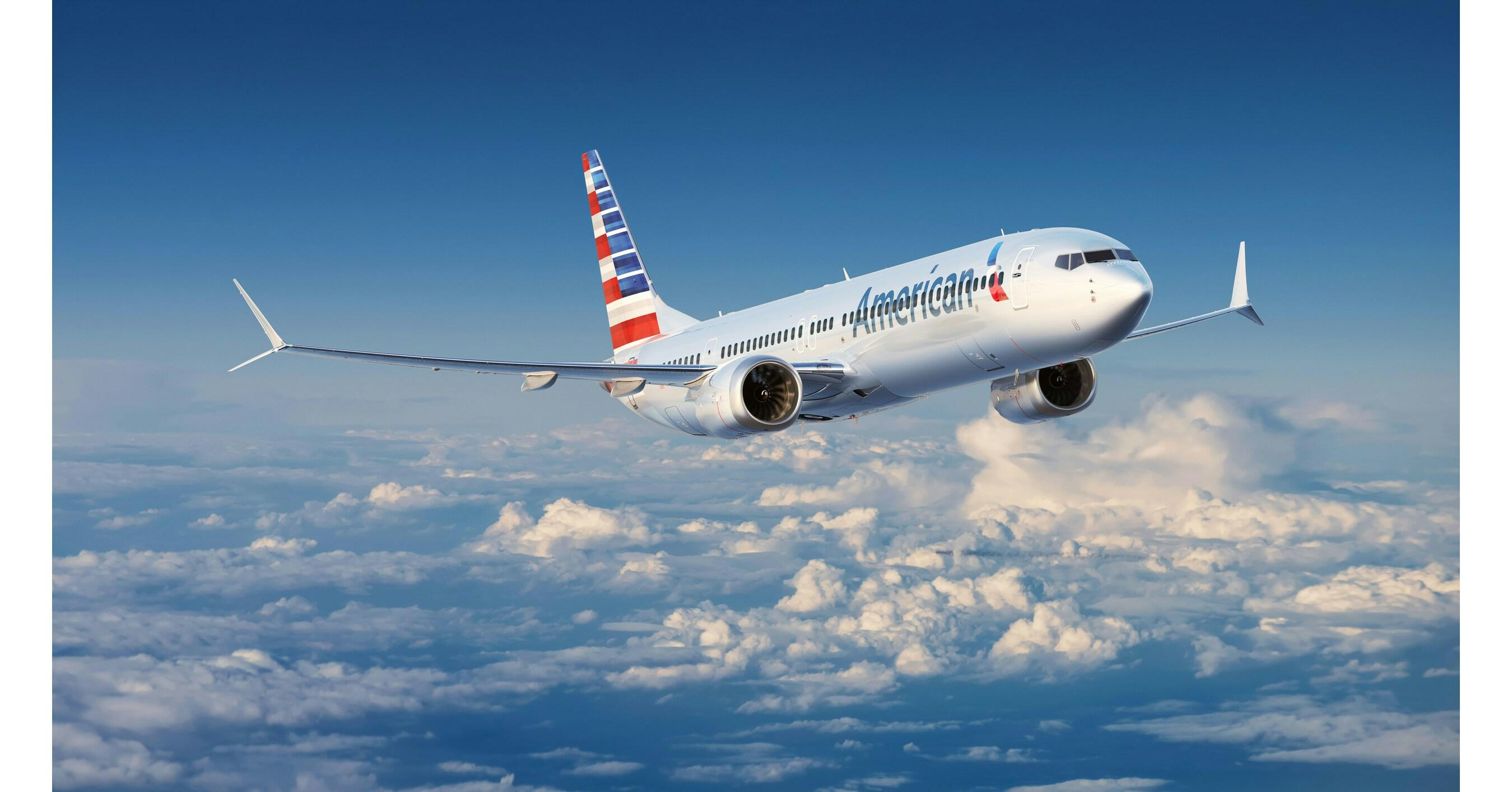
The Evolution of the Boeing 737 at American Airlines
American Airlines, headquartered in Fort Worth, Texas, operates one of the largest commercial airline fleets globally, with over 990 aircraft as of August 2025. This positions the carrier as the second-largest fleet operator worldwide, trailing only United Airlines. The airline’s extensive fleet comprises a mix of Airbus and Boeing narrow-body jets, complemented by an all-Boeing wide-body lineup. Among these, the Boeing 737-800 holds particular prominence, with 303 aircraft in service, making American the largest U.S. operator of this model.
The Role and Specifications of the 737-800
The Boeing 737-800 is regarded as a legacy aircraft within American Airlines’ fleet, having been introduced prior to the airline’s merger with US Airways. With an average age of 15.3 years, it ranks as the third-oldest aircraft type in the fleet, following the Airbus A319 and A320, which average 21 and 24 years respectively. The 737-800 measures 129 feet, six inches (39.47 meters) in length, positioning it between the shorter 737-700 and the longer 737-900ER variants. Its fuel capacity stands at 6,875 US gallons (26,022 liters), consistent with the -600 and -700 models. The aircraft’s cargo hold accommodates up to 1,555 cubic feet (44.1 cubic meters), underscoring its versatility in transporting both passengers and freight.
Introduced in 1994 and first delivered in 1998, the 737-800 was developed as a stretched version of the 737-700, designed to compete directly with the Airbus A320. Typically configured to seat approximately 162 passengers in a single-class layout, it can accommodate up to 189 passengers in a high-density arrangement. The aircraft played a critical role in modernizing American’s fleet by replacing older Boeing 727-200s and, following Boeing’s merger with McDonnell Douglas, the MD-80 and MD-90 series.
Passenger experience aboard the 737-800 includes amenities such as WiFi connectivity, meal and snack service, and in-flight entertainment accessible via seatback screens or a mobile app. The aircraft is powered by two CFM56-7B24 engines and offers a range of 3,378 miles (5,436 kilometers), making it well-suited for short- to medium-haul routes.
Challenges and Market Dynamics
Despite its longstanding service, the Boeing 737 series at American Airlines has faced challenges, particularly with the newer 737 MAX variants. Recent safety incidents, including a fire aboard an American Airlines 737 MAX 8 in Denver and a deer strike involving Alaska Airlines, have heightened scrutiny of the MAX family’s reliability. These events have triggered market concerns that could affect American’s reputation as it continues to modernize its fleet. In response, competitors have adopted aggressive pricing strategies and emphasized safety in their marketing efforts. Meanwhile, legal disputes over windowless seats at rival carriers such as Delta and United have contrasted with American’s approach, which emphasizes transparency.
On the global stage, while American leads U.S. operations of the 737-800, Ryanair stands as one of the largest operators worldwide, with a fleet exceeding 400 aircraft serving routes across Europe, North Africa, and the Middle East. American Airlines manages a fleet of nearly 1,000 aircraft, approximately 860 of which are narrow-bodies. The airline remains the largest U.S. operator not only of the 737-800 but also of the Airbus A321-200, navigating the complexities of evolving aircraft technology and shifting market conditions.

Dassault Aviation and Thales Partner on AI for Future Air Combat
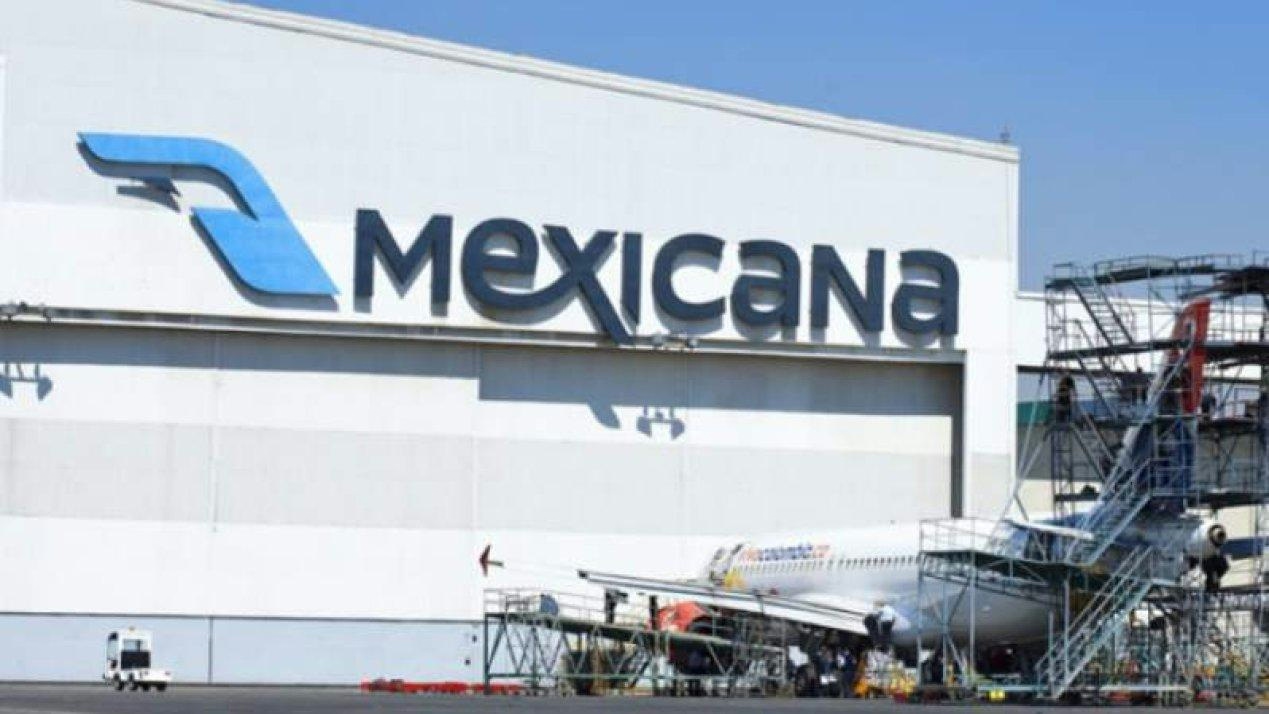
Mexicana MRO Deal Stalls Pending Banorte Extension Approval
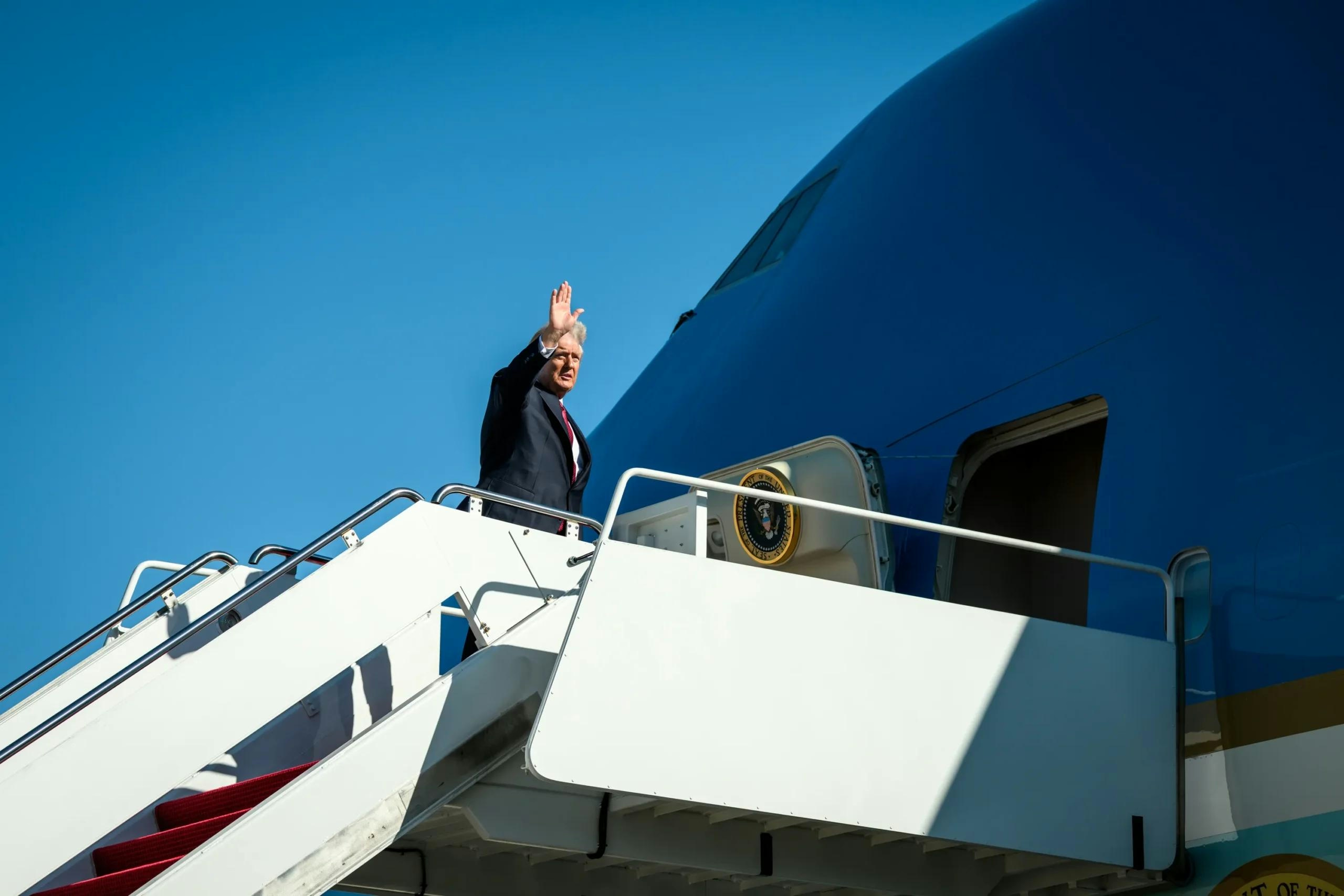
Trump's Policy on DEI Raises Concerns Over Aircraft Mechanic Training
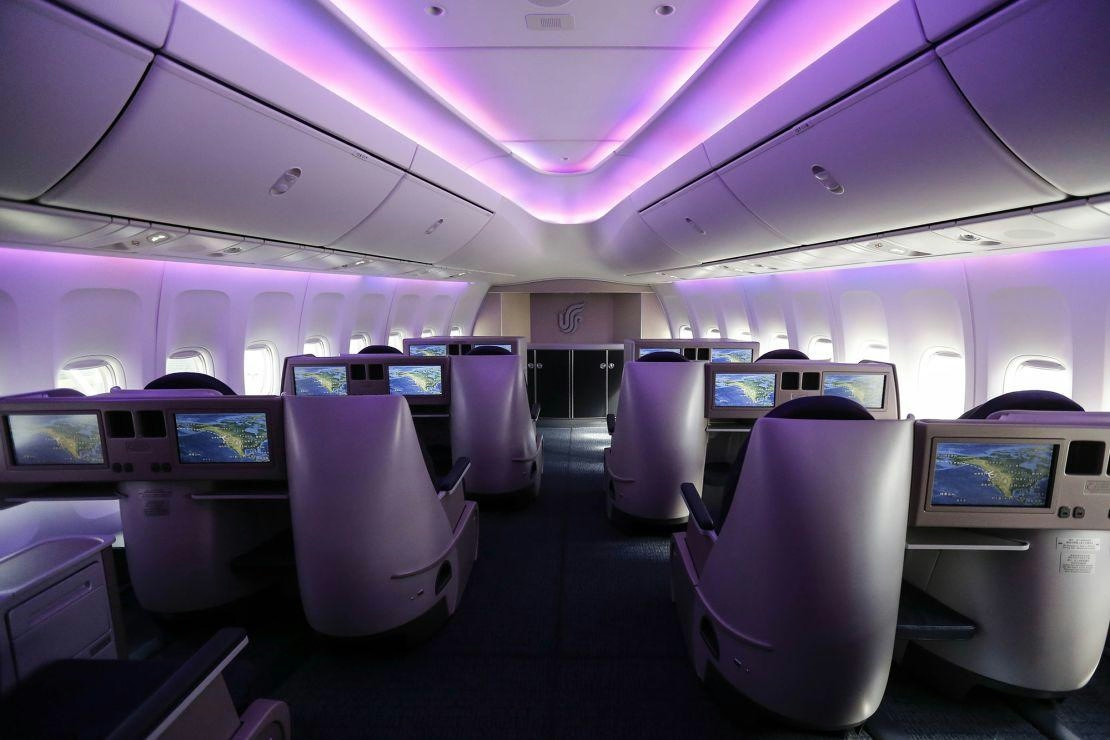
Why Boeing’s 747 Lacks a Full Second Deck Unlike the Airbus A380

Deutsche Aircraft Appoints Ernst-Georg Schröder Manager of Final Assembly Line for D328eco
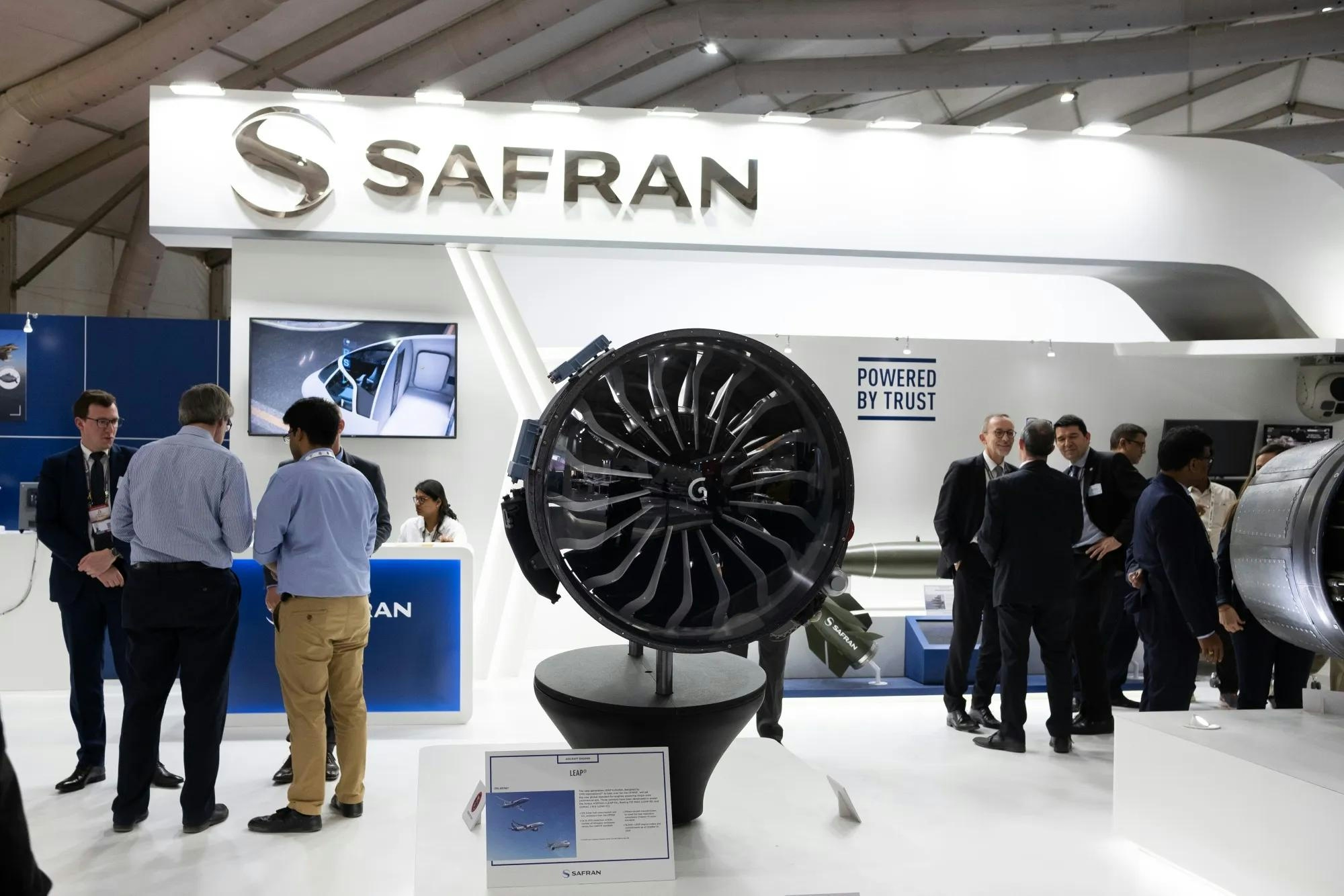
PM to Inaugurate Safran Aircraft Engine Services Facility in India on November 26
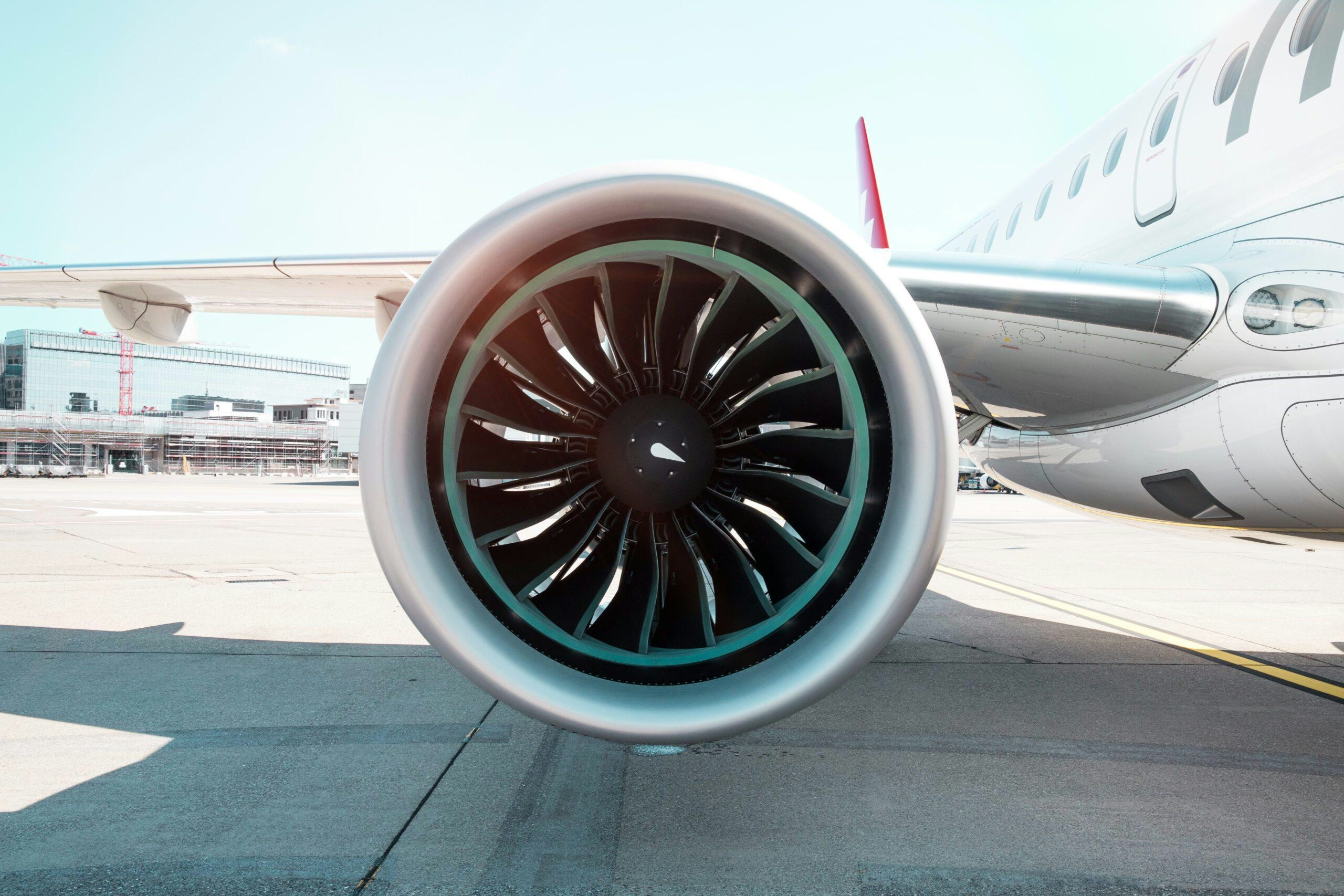
Leading Companies in Aviation Artificial Intelligence: Airbus, Amazon, Lockheed Martin, Tata Power, Thales
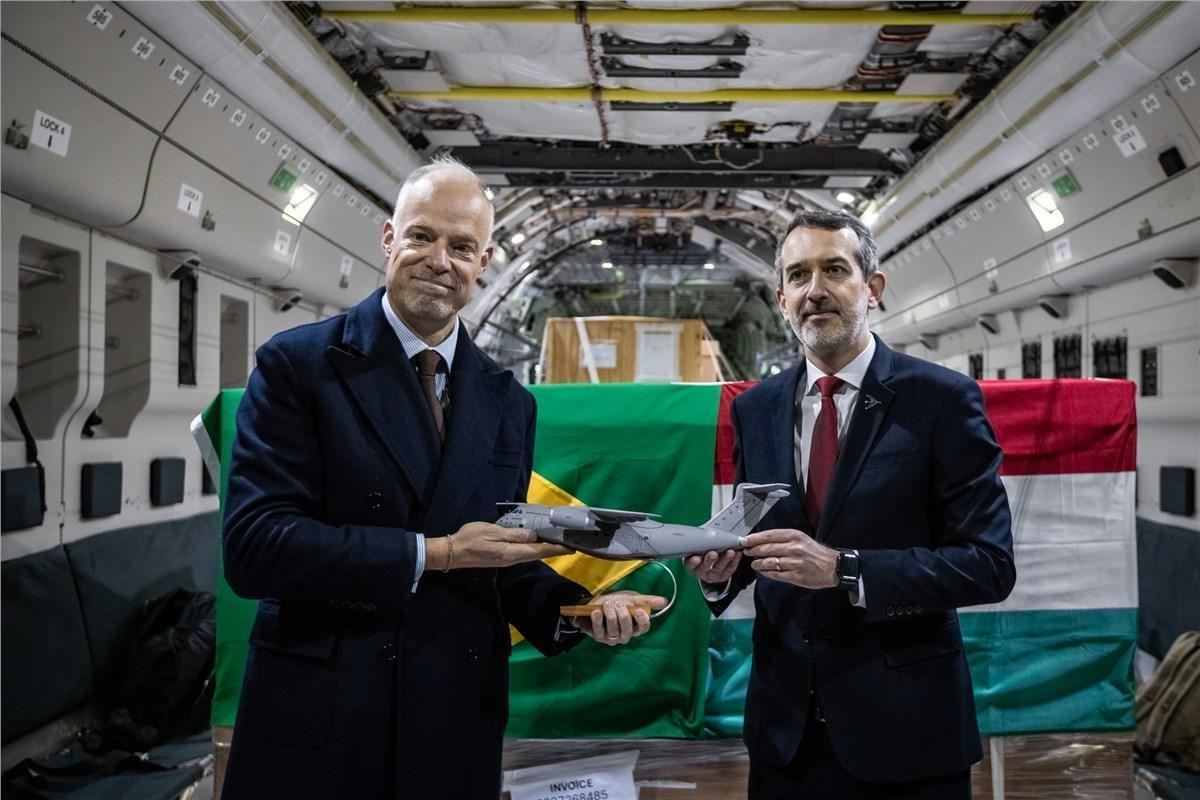
Embraer and ILIAS Partner to Enhance Military Fleet Management
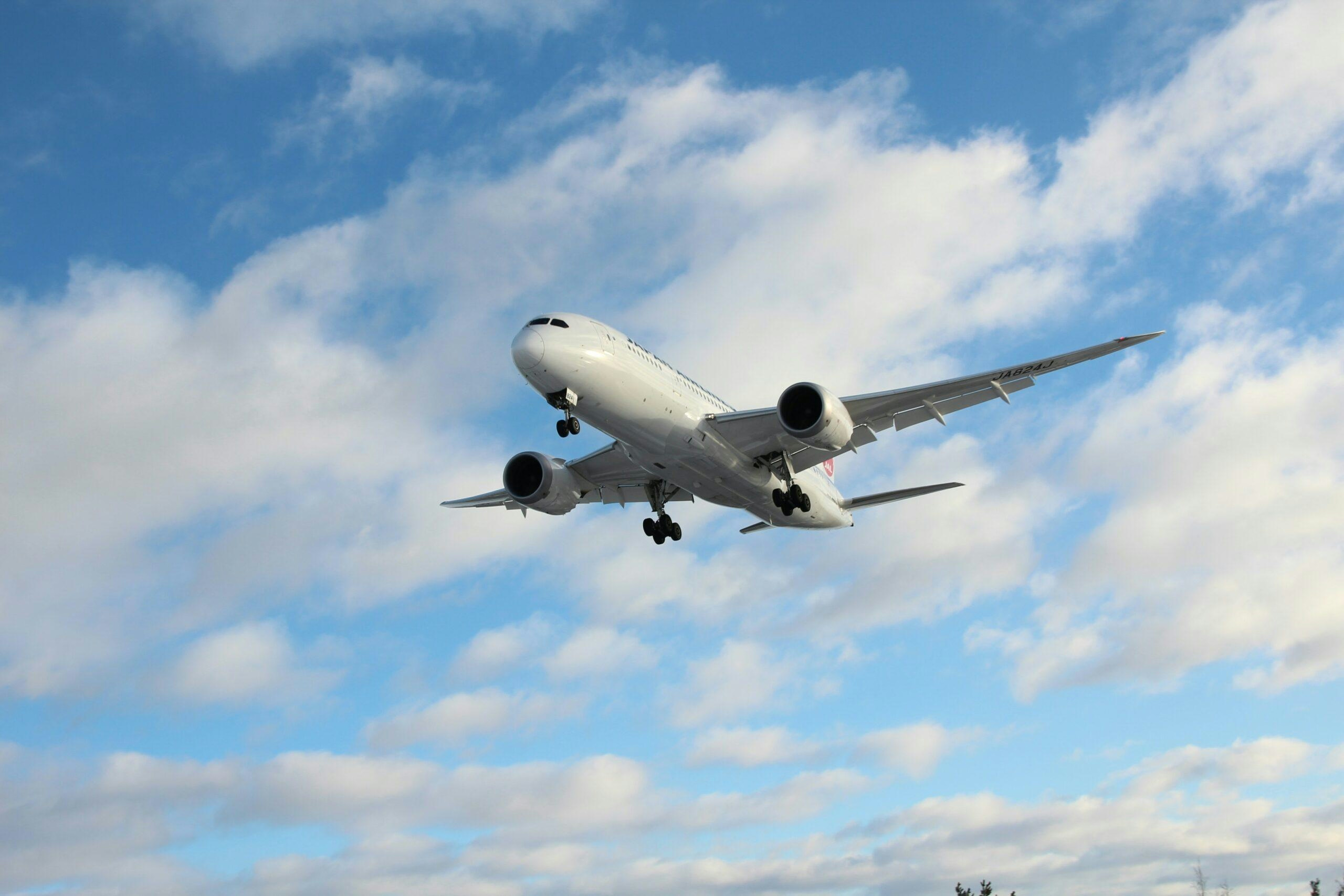
Warburg Pincus Acquires Hong Kong-Based Topcast Aviation Supplies
